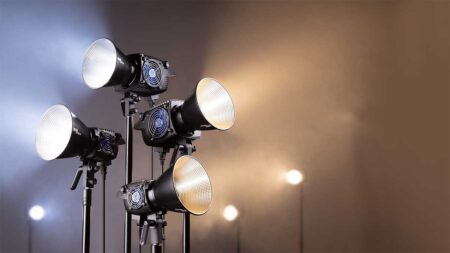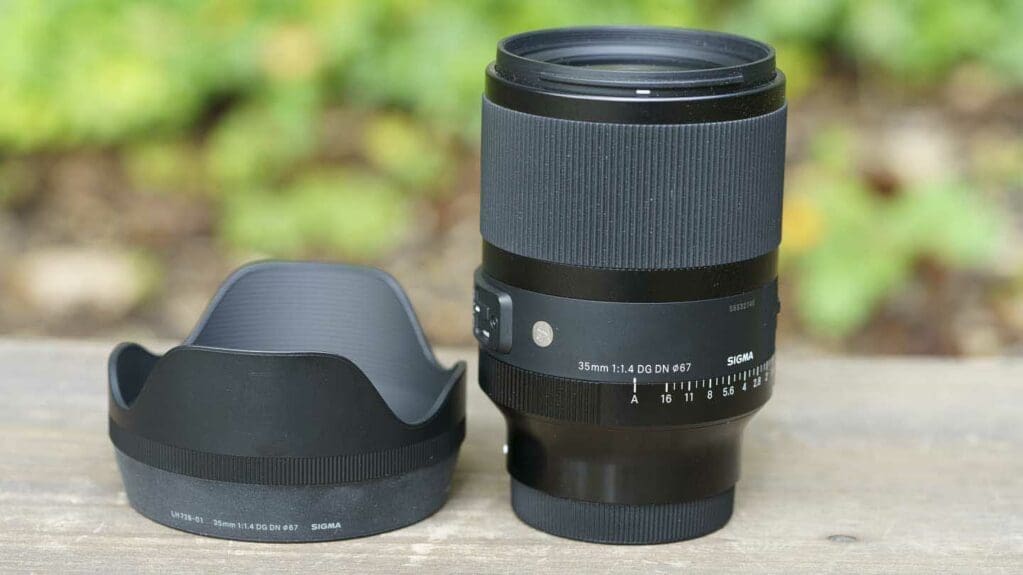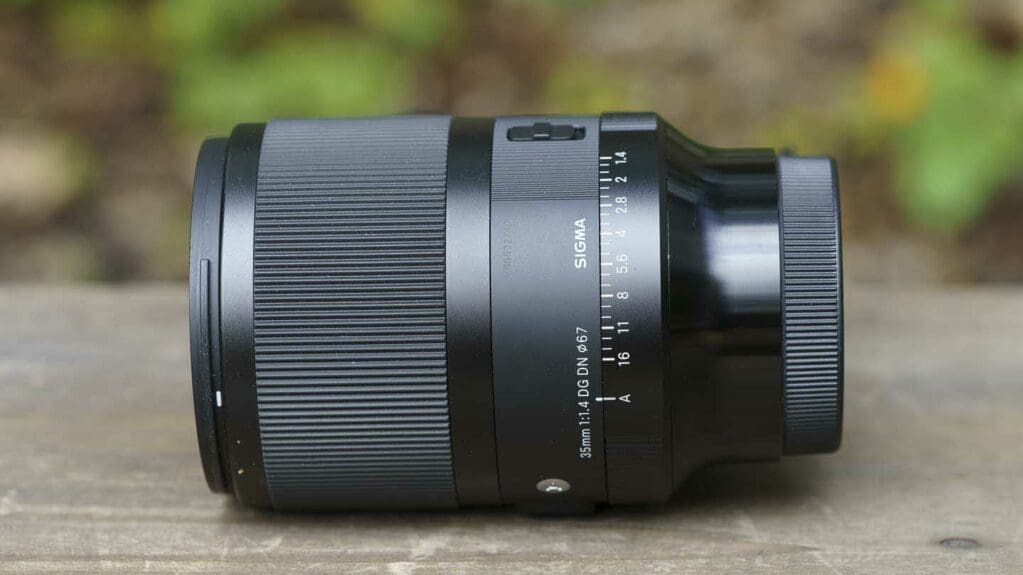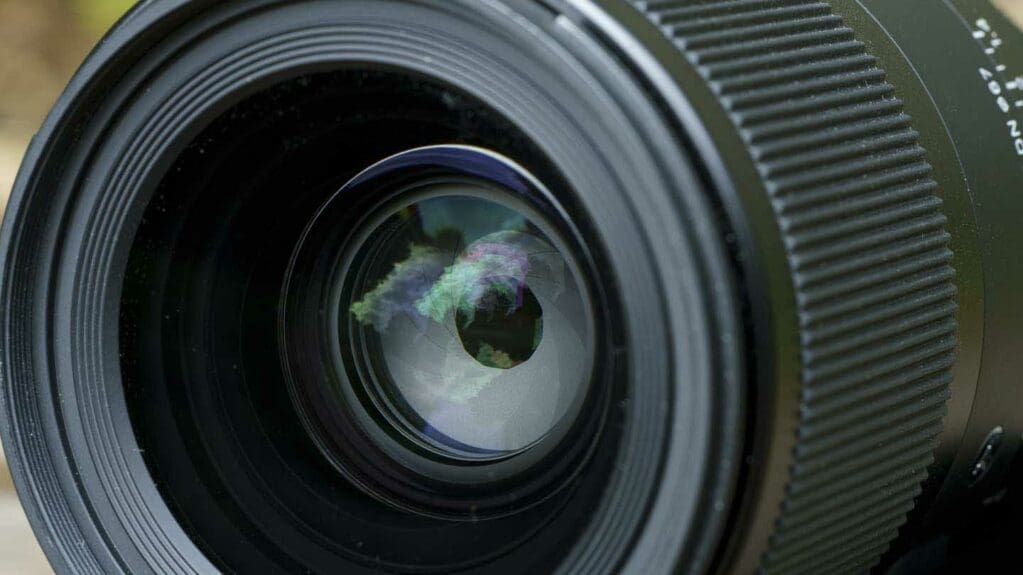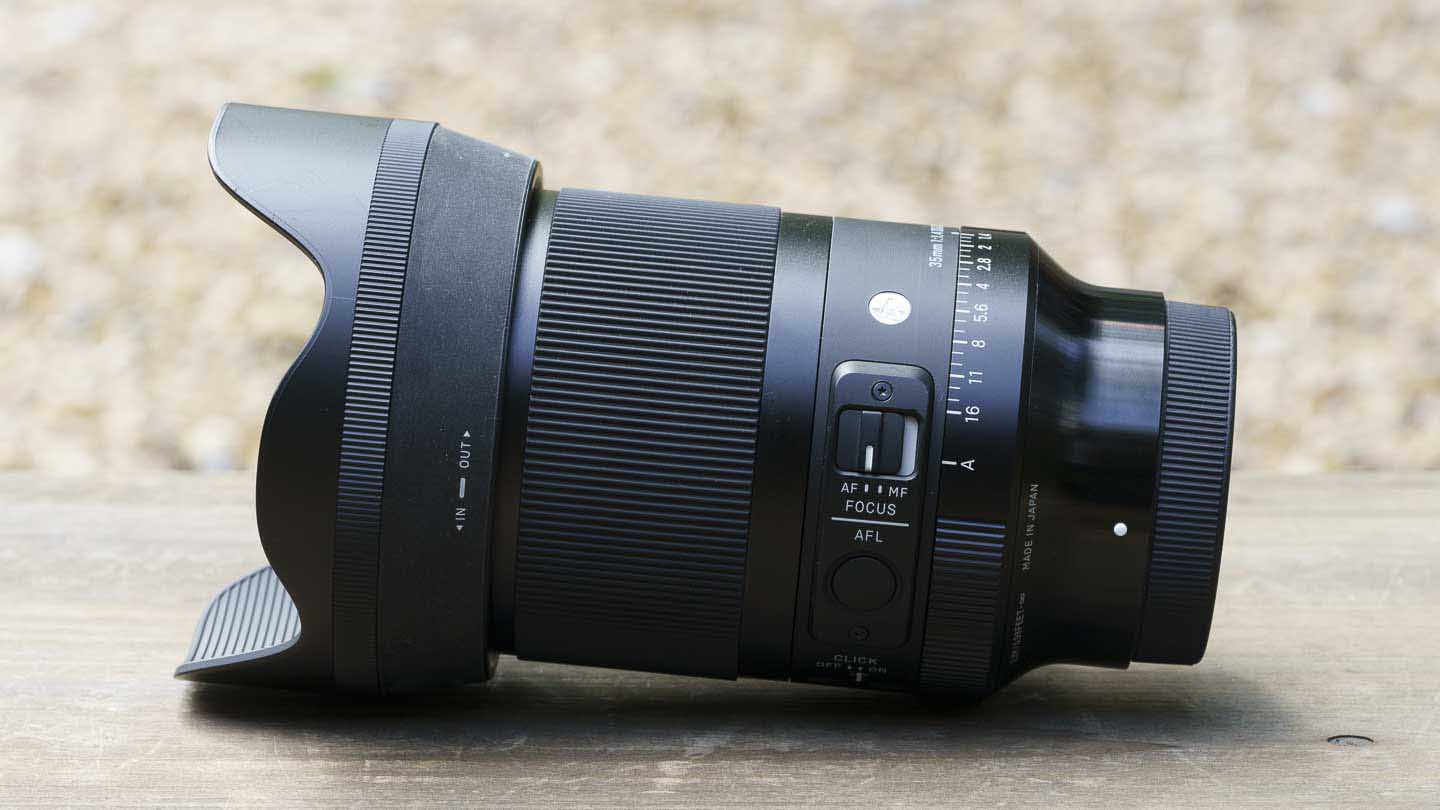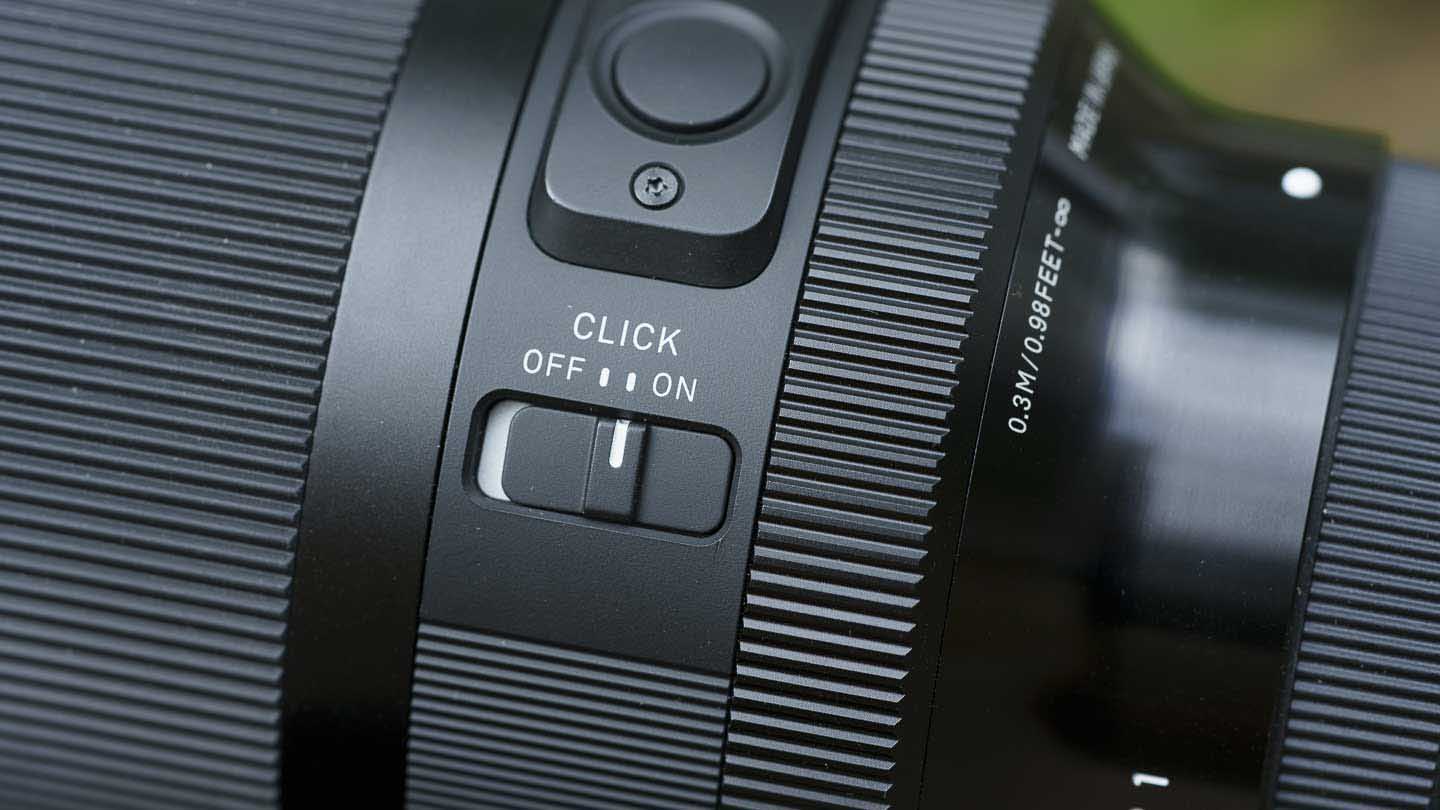When the aperture is wide-open, the Sigma 35mm F1.4 DG DN Art captures a high level of sharp detail, but closing down to f/2 takes it up a notch. The difference is clear when you view the Sony A7R IV‘s 61Mp images at 100% on screen, and although it’s less obvious, it’s also apparent when images are set to fill a 27-inch computer monitor. At the opposite end of the aperture range, the impact of diffraction is evident in images captured at f/16, but not to the extent that I’d avoid using it if I needed the depth of field.
Stepping from f/1.4 to f/2 also sharpens up the corners of the frame. They’re not bad at f/1.4, and in most real-world shooting situations you probably won’t notice any drop-off, but if you need the best corner to corner sharpness, close down to f/5.6.
As usual, Sigma provides correction profiles for the 35mm F1.4 DG DN Art which can be applied in-camera or to raw files during the processing in Adobe Camera Raw or Lightroom. This deals with the slight corner shading that’s evident at the widest apertures and straightens out the mild barrel distortion. Even if you photograph a subject with straight lines, you may only realise that there is barrel distortion if you switch the correction profile on and off.
Scrutinising the backlit edges in images captured with the Sigma 35mm F1.4 DG DN Art revealed a few fairly minor examples of chromatic aberration which I was able to deal with quickly using Adobe Camera Raw’s ‘Defringe’ dropper tool.
Also, even when shooting into the sun, the Sigma 35mm F1.4 DG DN Art manages to keep flare under control very well.
The Sigma 35mm F1.4 DG DN Art is compatible with Sony’s Eye AF and while it’s not the fastest-focusing lens, it’s far from slow and is quick enough for most situations it’s likely to encounter. It also focuses smoothly in continuous AF mode.
For the most part the focusing system is silent but it makes the occasional sound. If you’re shooting video outside, the chances are that the usual ambient noise will mask the odd sound from the focus system.
One issue for videographers, however, is that if you adjust the focus from infinity to close-to, you will spot the focus breathing which reduces the field of view.
Out of focus areas captured with the Sigma 35mm F1.4 DG DN Art look great. They’re nice and smooth while small highlights are round with no texture within and no obvious aberrations. The ‘bokeh balls’ only become a bit oval in the far corners of the frame.


